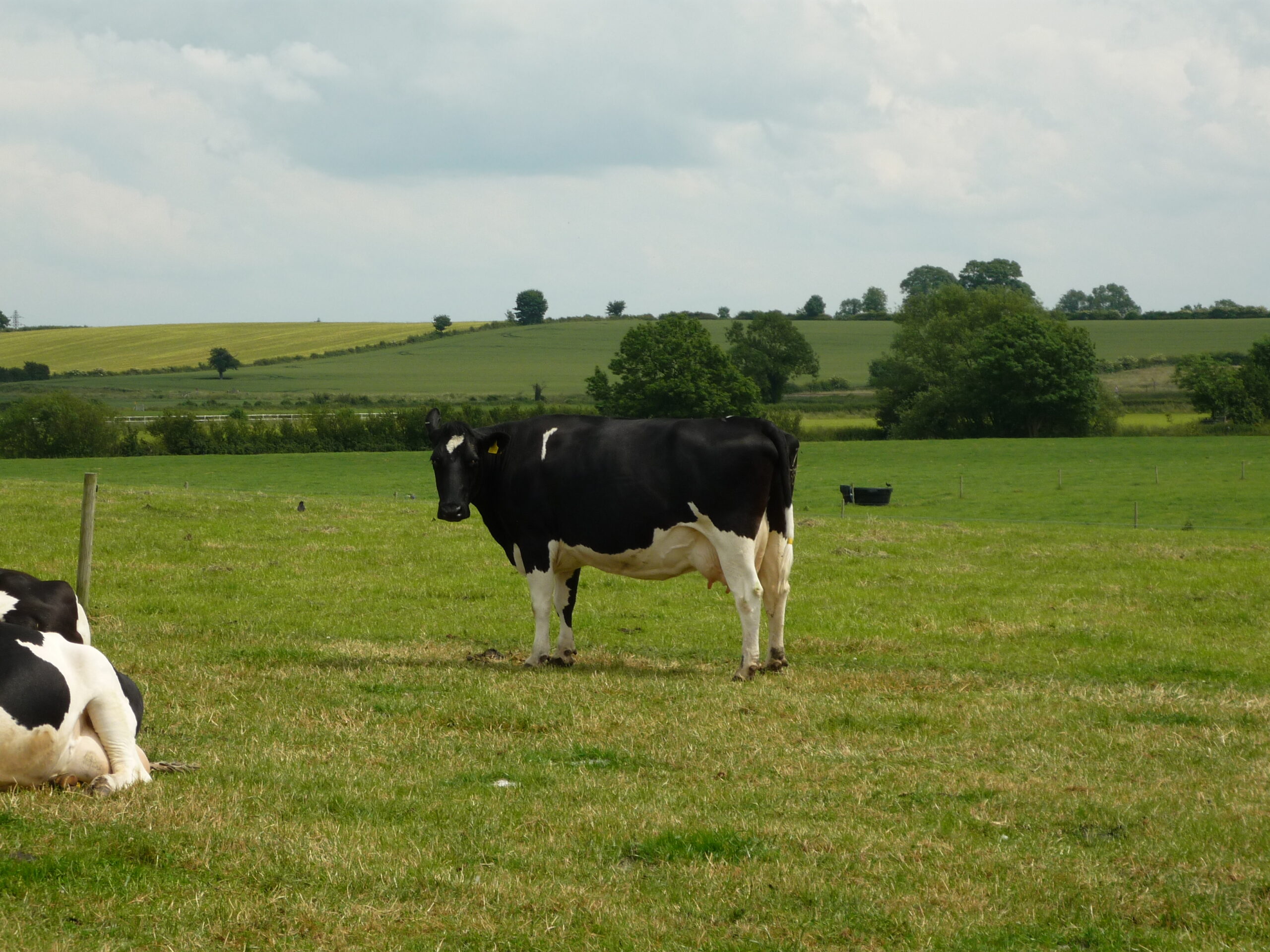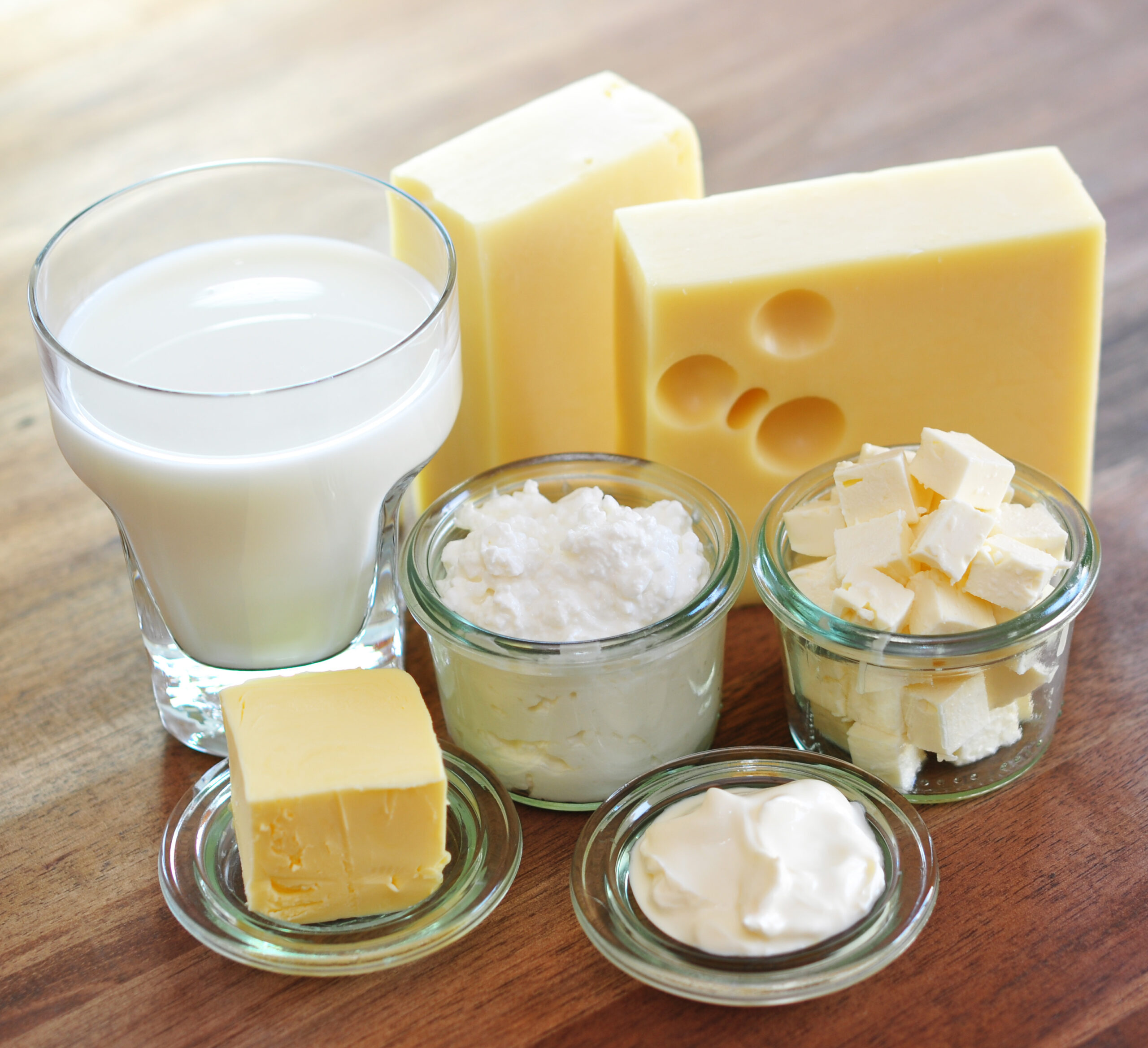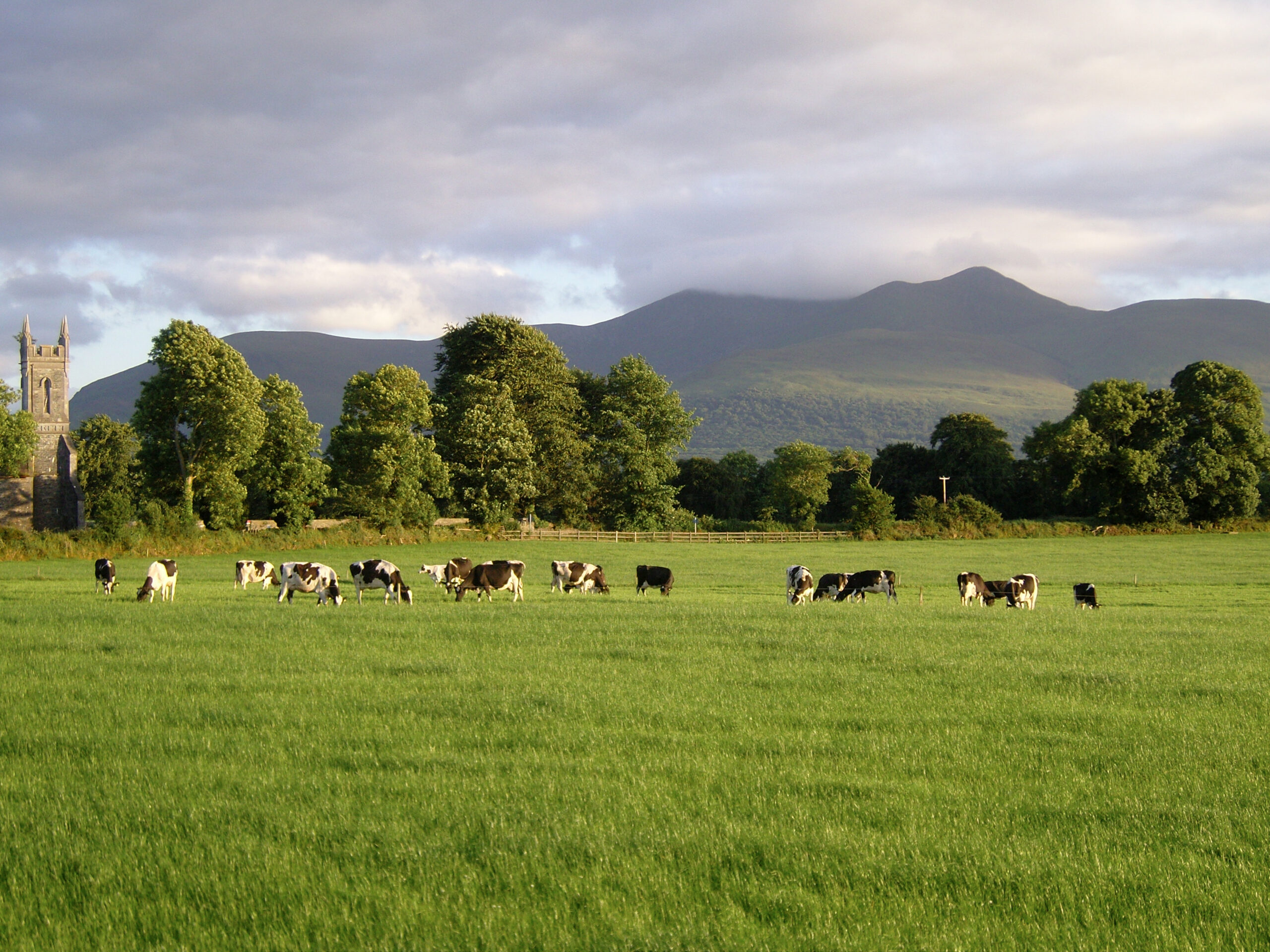Global Prices
GDT auction prices have held steady during July. At the first event on the 4th, the index of all prices declined by 0.4%. Then, at the second July auction on the 18th it rose by 0.2%. The index now stands at $3,3387 per tonne. This is 45% higher than at the same time last year. Butter continues to be the star performer on the auction with prices going higher than $6,000 per tonne (a record for the GDT).
Production Estimates
Various estimates of production around the world have been published over the past month. Starting at theglobal level, and with a long-term perspective, the OECD-FAO has produced its latest ‘Outlook’ report, providing forecasts through to 2026 (see http://www.oecd-ilibrary.org/agriculture-and-food/oecd-fao-agricultural-outlook-2017-2026_agr_outlook-2017-en). This predicts global milk production will increase by 22% by 2026 compared to the 2014-16 base period. But the rate of growth per annum (1.87%) is actually slightly lower than the increase seen over the last 10 years (1.94%). Much of the growth will be in developing nations – India and Pakistan are specifically highlighted. In the EU, production is forecast to increase by 0.8% per year over the next decade (down from 1.2% in the previous ten years). In the US growth will be 1.1% (up from 1.0%, and in New Zealand it will be 2.3% (down from 4.0%). In the short-term, none of the world’s major export regions (US, NZ, Australia, EU and Argentina) are showing much of a surge in production. According to the AHDB, output is only marginally higher than in 2016.
The EU Commission has updated its short-term market forecasts for 2017 and 2018 (see https://ec.europa.eu/agriculture/sites/agriculture/files/markets-and-prices/short-term-outlook/current_en.pdf). In dairy, production in 2017 is expected to increase by 0.7%. This will be driven by increases in Ireland, Poland, the UK and Italy. Against this, it is expected the output will be down in Germany and France, mainly because of unfavourable weather conditions, and in the Netherlands, because of the obligation to reduce the dairy herd in order to cut phosphate emissions. The forecast is for a further increase in output of 0.9% in 2018.
In the UK, the production for the first quarter of the milk year (April to June) was only slightly higher than in 2016 – despite much improved market prices. The AHDB runs a model to predict overall deliveries. It is forecasting that output for the 2017/18 year will fall between 11.7 and 12.0bn litres. At the mid-point of this range, it will be very close to the production seen in 2016/17.
Given the strong milk price, it is perhaps surprising that output (both in the UK and further afield) has remained quite muted. Farmers are well-aware of previous boom-and-bust cycles and may be wary of increasing production. Many will be repairing the financial damage done by the past couple of seasons before considering investing in expansion.
Prices
Fats, especially butter, continue to drive milk prices – not just in the UK but in Europe and Oceania too. With markets strong, there have been a number of significant price announcements;
- Arla is increasing its standard manufacturing price by 1€c per kg form the 1st August. This results in a increase of 0.81ppl in the UK, giving a price of 29.98ppl. Arla state this equates to a liquid price of 28.82ppl.
- Meadow Foods is increasing its ‘A’ price by 0.85ppl from the 1st September giving a standard price of 29ppl. This follows a 1ppl price rise from the 1st August.
- Dairy Crest has reversed part of its previously-announced price cuts. The firm reduced prices by 1ppl in both June and July and agreed to freeze prices until the end of September. However, DC now says that 1ppl will be returned as from the 1st September resulting in a milk price of 29ppl.
- First Milk are to scrap ‘A’ and ‘B’ pricing as from the 1st September. The company is also moving to every-other-day collection for all its supplies.
- From the 1st August, Payne Dairies is increasing its price by 1ppl and Yew Tree Dairies by 1.5ppl.


